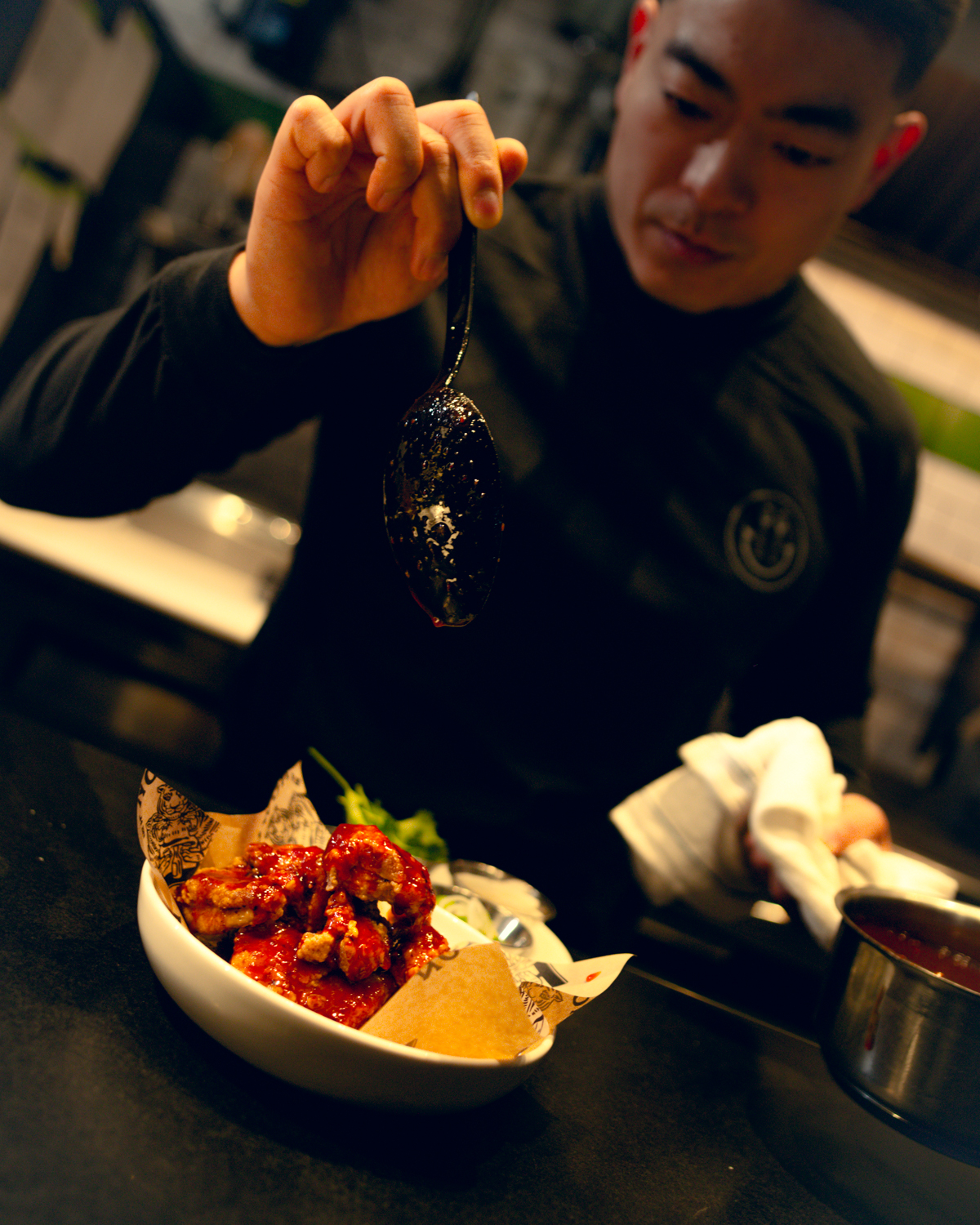Table of contents
I knew exactly what I wanted to do with my career — or I thought I did, anyway. After college, I moved to the Caribbean and took a job in the kitchen at an eco-resort. Discovering that I loved to cook, I set out to climb that career ladder as fast as possible so I could run my own restaurant. After a decade honing my skills as a chef in New Orleans and New York City, I partnered with Jenny Goodman to open a restaurant in Brooklyn.
We closed it after only six months for various reasons. The biggest: we hadn’t planned the business properly. The experience taught me a couple of things. One was to get up, dust myself off, and march forward. I went back to my previous job as a private chef for a celebrity and his family with an eye on the future. The other lesson was even more important: Plan for everything, and be ready to change when things aren’t working. The sunk cost fallacy is a real thing!
My career ended up taking more turns than I initially thought it would, but I’m a DIY guy. You never know what’s going to lead to the next thing, but you take the lessons from the last thing with you. My restaurant closure led me back to my job as a private chef. Being a private chef led to my frustration with the standard kitchen gear I wore out in public. That lack of pride in what I was wearing led to a search for high-quality, attractive, functional workwear. I couldn’t find anything, and neither could Jenny, so we figured we had to create it, and that led us to found Tilit NYC. It began as a side project and now, 13 years later, we’re working on specialty apparel projects for Four Seasons Hotels and Resorts, restaurants run by prominent chefs like Tom Colicchio and Missy Robbins, and thousands of other clients.
I spent a decade following a typical progression in my career — from line cook, to saucier, to sous chef, to executive chef, to chef/owner. But careers don’t always have to be so linear. Even now, my day-to-day, varies quite a bit. I might be working on a seasonal product launch, or finding where we’re going to do our promotional shoots. If you’re navigating a career pivot, or taking on a new idea for your business, proper planning and overcoming the fear of failure can take you far.
1. Plan for everything
One big takeaway from our restaurant failure was that we didn’t think through all aspects of the business. When we came across a great lease opportunity, we grabbed it. We figured that with all our experience, we could work out the details.
That doesn’t work. For a business to succeed, you need a planning process that accounts for every piece of the puzzle. We hadn’t thought enough about all the financial details and things like building the team.
Good planning also involves trying to anticipate what could go wrong. We didn’t do that enough at the restaurant, but we do at Tilit. Beyond just relying on the fact that you have really great food, or a really great concept, or a really great location, you need to think ahead. None of that means the whole thing will add up to success. Surprises still end up happening — say, supplier delays or cost increases. But careful planning minimizes those surprises and makes it easier to respond strategically when they do arise.
2. Have the confidence to fail
For most of us, failure is just about the worst thing imaginable. But losing my restaurant showed me that the fear of failure can be worse than failure itself.
We saw that what we built wasn’t set up for longevity, so we pivoted, and quickly shut it down and sold what we had. That’s not always easy to do when you’ve invested so much in a project, financially and emotionally, but they call it the sunk cost fallacy for a reason. We joke that we were the fastest restaurateurs there are. The fear of failure, or of admitting failure, can prolong the inevitable. But shutting down the restaurant wasn’t the end for Jenny and I. We hadn’t lost all of our skills, experience, and contacts. We had taken a chance, but could see where the missteps were, and now we had some extra drive to get redemption. That’s when I returned to working as a celebrity’s private chef, and found myself wearing my uniform out in a public setting more and more, which led to our light-bulb moment.
Going through the experience of failure changed my outlook. Since then, I’ve approached projects — including Tilit — with the attitude of If we fail, we fail. There will be other opportunities. But always take the lessons with you. Because of our mistakes with the restaurant, that led us to start Tilit very lean, very risk free, very planned. We started very slow.
The lesson of learning from failure, and moving on, has served us well at Tilit. When we see something that’s not working, we’re not afraid to admit it and stop putting money behind it. When you have the confidence to fail, you actually minimize the damage from failures.
3. Start lean and grow carefully
After going all in on our restaurant, we started Tilit by devoting the hours we could. Jenny and I kept our full-time jobs. We launched with only three products: an apron, a pair of pants, and a shirt. We kept inventory low. We did everything ourselves — coming up with the designs, finding manufacturers, building the website, even taking product photographs in the hallway of our New York City apartment building. It was all about starting small and scaling from there.
Of course, starting lean isn’t something restaurateurs traditionally have had the luxury to do. But these days there are more opportunities to establish proof of concept before you invest hundreds of thousands of dollars in a brick-and-mortar location. You can do pop-ups, run a food truck, appear at food festivals, and so on.
And if you’re adding a new revenue stream, such as packaged goods or merchandise, starting lean is absolutely the way to go. When you’re careful about how you roll out, you really have nothing to lose.
4. Test the market
Talking to people is crucial when you’re starting or expanding a business. But you need to make sure you talk to the right people. You need to figure out who your customers are and speak with them.
Feedback from friends, family, business advisors, and investors may not be helpful if they’re not in your market. Case in point: A lot of people told us the idea for Tilit was preposterous. Is there really a market for fancy chef clothes, they said.
But those people didn’t work in kitchens. I knew they were wrong because in all my years cooking, I had never felt comfortable in the cheap, ill-fitting gear available. And I wasn’t alone, as I learned from talking to other chefs. The rise of the open kitchen in restaurants meant that cooks were much more public-facing. Women, in particular, told me they struggled to find uniforms that fit. They’d go to the kitchen’s rental rack and there would be no women’s sizes. They’d have to grab a XXL men’s coat and need to roll it and tie it in all these weird ways just so they didn’t trip over their own jacket.


Before launching Tilit, we had chefs wear our prototypes and give us feedback. What did they like? What didn’t they? Would they pay more for workwear if they knew it fit better, was more stylish, and would last longer? We spent a full year on development and market testing. Talking to the customer base taught us what they wanted, what they needed, and how we could deliver for them.
Go for it!
Looking back, I see that working in restaurants provides a great education in running a business. You learn how to talk to customers, manage people, deliver a consistently good product, run a budget, and on and on. And from hard-won experience I can tell you that you can leverage those skills by planning carefully, having the confidence to fail, starting small to establish proof of concept, and testing the market.
If you can do the same, with a smart, safe plan of action, you should absolutely go for it.
![]()












